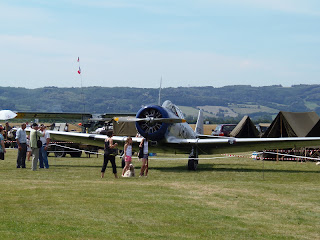La semaine passée, j'ai eu la chance d'en observer un évoluer sur la même plateforme...
Né dans les années soixante suite à un appel d'offre d'American Airlines pour un avion long courrier plus petit que le Boeing 747 à Lookheed et Douglas, le programme sera lancé en concurrence avec le McDonnell Douglas DC10 (qui remportera d’ailleurs l'appel d'offre d'American Airlines).
Afin de gagner en stabilité, et contrairement à son rival le DC10, le troisième moteur est placé dans la queue de l'appareil, et non dans la dérive. Celà entraine des délais de conception supplémentairs, a ajouter aux délais causés par la faillite, puis la reprise par l'état anglais du motoriste Rolls Royce.
Le 16 Novembre 1970, l'avion décolle pour la première fois. D'une capacité de 400 places, il est alors considéré comme peu gourmands en carburant et silencieux (enfin... Pour les standards de l'époque!)
7 versions différentes de l'avion ont été produites, pour environs 250 unités (alors qu'il aurais fallut en vendre au moins 500 pour couvrir les coûts) entre la première livraison le 26 Avril 1972 et l'arret de production en 1984. Après cet échec commercial, Lockheed se retire définitivement du marché aérien civile, donnant seulement l'assurance à ces clients d'assurer la fourniture de pièces de rechange tant que ces avions voleraient.
Le 29 Décembre 1972, un tristar assurant le vol N°401 de Eastern Airlines est le premier gros porteur de l'histoire à s'écraser. L'accident est alors attribué à une erreur humaine.
Aujourd'hui, on compte encore une trentaine d'avion toujours en exploitation, dont 9 pour la royal air force.
In the past, I've ever speak about the Tristar L1011 parked on the Cargoport area in Lyon Saint Exupéry.
Last week, i had the chance to observe a move on the same platform...
Born in the sixties after a bid from American Airline for a long-range aircraft smaller than the Boeing 747 to Lokheed and Douglas, the programhas run concurrently with the Mc Donnell Douglas DC10 (who also won the American Airlines bid).
On November, the 16th, 1970, the aircraft took off for the first time. With a capacity of 400 seats, it is considered to be fuel efficient and quiet (well... For the standards of the time!)
.jpg)
On December, the 29, 1972, Tristar flight N°401 of Eastern Airline was the first widebody aircraft to crash. Tha accident os attributed to human error.
Today, there are still thirty aircraft still in operation, including 9 for the Royal Air Force.
.jpg)
.jpg)
.jpg)
.jpg)
.jpg)
.jpg)




.jpg)
.jpg)
.jpg)
.jpg)






